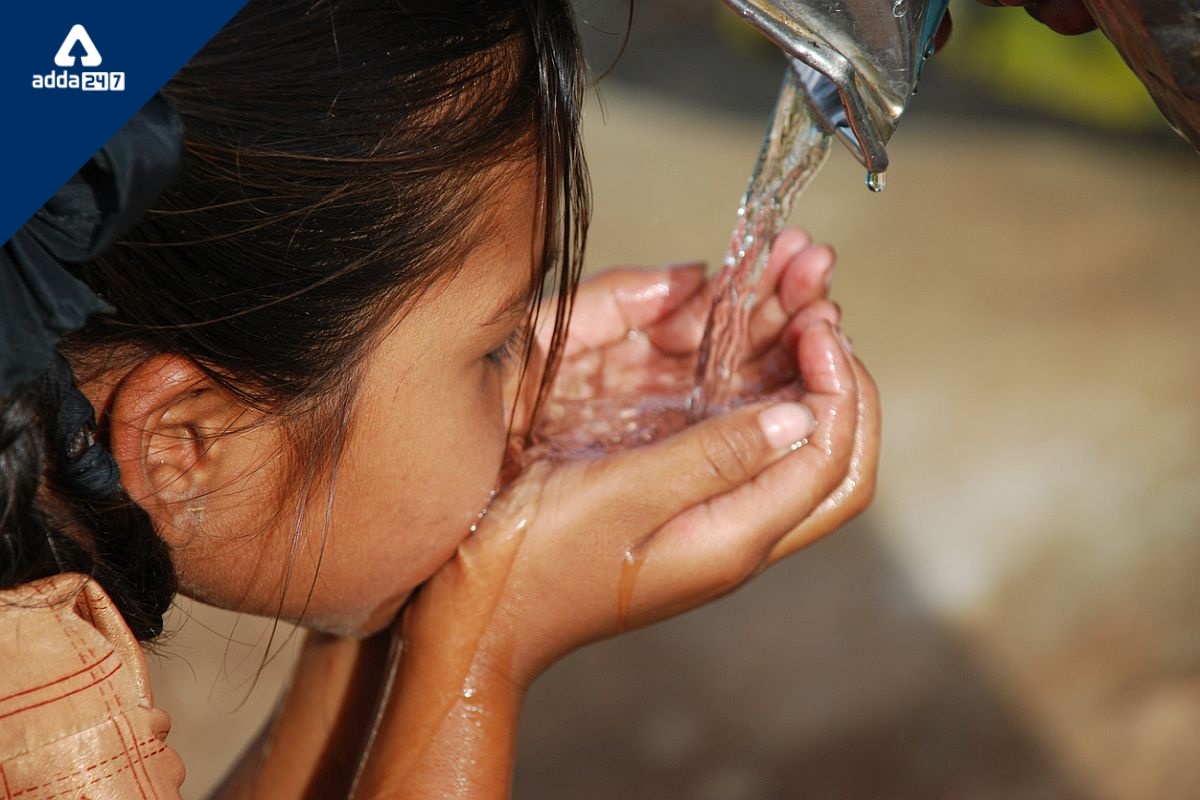[ad_1]
NEW DELHI – India has eased its COVID-19 rules on testing, quarantine and hospital admissions in a bid to free up resources for its neediest people — a strategy hailed by experts, even though it carries the risk of a heavy undercount of infections and deaths.
The moves will offer breathing space for health care facilities — often overstretched in a nation of 1.4 billion — as they battle a thirty-threefold surge in infections over the past month with the highly contagious omicron variant.
This week, federal authorities told states to drop mandatory testing for contacts of confirmed cases unless they were old or battling other conditions, and halved the isolation period to a week while recommending hospital care only for the seriously ill.
“Contact tracing has been the most resource-intensive activity since the pandemic began,” said Sanjay K. Rai, a professor of community medicine at the All-India Institute of Medical Sciences in New Delhi.
“That strategy did not work and wasted resources,” he added, saying serological surveys had shown it detected only a fraction of infections. “The new one will ensure optimum utilization of what we have got.”
India’s tally of infections crossed 36 million Thursday, with 247,417 new cases, although daily testing has stayed well below the capacity of more than 2 million.
Four Indian epidemiologists echoed Rai’s view, saying it was better to monitor the numbers of those in hospital, rather than infections, while targeting crowded spaces such as workplaces, dormitories and barracks with rapid testing.
They added that the guidelines on shorter isolation and hospital admissions were in line with global practice, as most omicron sufferers recover quicker even though they spread the virus faster.
But some experts say the new rules could lull people into taking infections lightly until it is too late — especially in the rural areas that are home to two-thirds of the population, where few seek tests unless directed by authorities.
“This new strategy will affect data from rural India or certain states in a disproportionate way,” said Bhramar Mukherjee, an epidemiology professor at the University of Michigan.
“It will be harder to predict upcoming hot spots and epicenters,” she added, which would leave authorities less time to marshal resources against the disease.
It will also affect the tracking of COVID-19 deaths, an effort Mukherjee said was “already highly imperfect and underreported.”
Health experts say India massively undercounts infections, with its death toll outstripping the official figure of about 485,000, as few victims of earlier waves, chiefly in rural areas, learnt of their condition until the last moment.
City health care best
India’s best health care facilities are clustered in major cities, while poor people across vast swathes of the country have to rely on dilapidated government networks.
For example, government-run district hospitals in the sprawling, mineral-rich state of Bihar struggle with one of India’s worst ratios of medical staff to patients, while New Delhi is staffed at more than twice the national average.
The health ministry and the state-run Indian Council of Medical Research (ICMR) did not immediately respond to requests for comment.
There was no shortage of test kits, with thousands of people having bought home test kits in the past week, ICMR chief Balram Bhargava said Wednesday, but he did not say if rural areas were as well supplied as urban areas.
Some Indian states have decided to ignore the new testing guidelines since they are not bound by them. Karnataka, home to the southern technology hub of Bengaluru, has reported India’s third-highest tally of infections and plans to continue tests for close contacts of the infected.
A survey published this week by New Delhi-based website LocalCircles found that 15% of respondents knew of one or more of their family and friends who did not get tested, despite showing symptoms similar to COVID-19 in the past month. It said the gap between actual and reported daily cases would widen when the virus reaches smaller towns and villages.
South Asian nations such as India that have less than half of their people fully vaccinated run a greater risk of severe illness that requires hospital stays, the International Federation of Red Cross and Red Crescent Societies said. “As we are seeing new variants, we must not be complacent in adhering to public health measures,” said Abhishek Rimal, an Asia-Pacific official for the humanitarian network.
In a time of both misinformation and too much information, quality journalism is more crucial than ever.
By subscribing, you can help us get the story right.
SUBSCRIBE NOW
[ad_2]
Source link

















